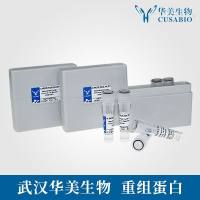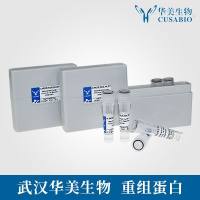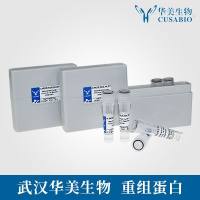Investigation of the Intracellular Regulators and Components of the Exocytotic Pathway
互联网
互联网
相关产品推荐

WISP2/WISP2蛋白Recombinant Human WNT1-inducible-signaling pathway protein 2 (WISP2)重组蛋白CCN family member 5 Connective tissue growth factor-like protein蛋白
¥1344

Recombinant-Mouse-Metalloreductase-STEAP3Steap3Metalloreductase STEAP3 EC= 1.16.1.- Alternative name(s): Dudulin-2 Protein nm1054 Six-transmembrane epithelial antigen of prostate 3 Tumor suppressor-activated pathway protein 6
¥13118

Recombinant-Arabidopsis-thaliana-Phytol-kinase-1-chloroplasticVTE5Phytol kinase 1, chloroplastic EC= 2.7.-.- Alternative name(s): Vitamin E pathway gene 5 protein
¥10962

Recombinant-Escherichia-coli-Putative-type-II-secretion-system-protein-FgspFPutative type II secretion system protein F; T2SS protein F Alternative name(s): General secretion pathway protein F Protein transport protein HofF
¥12320

Recombinant-Type-II-secretion-system-protein-FpulFType II secretion system protein F; T2SS protein F Alternative name(s): General secretion pathway protein F Pullulanase secretion protein PulF
¥12166
相关问答

